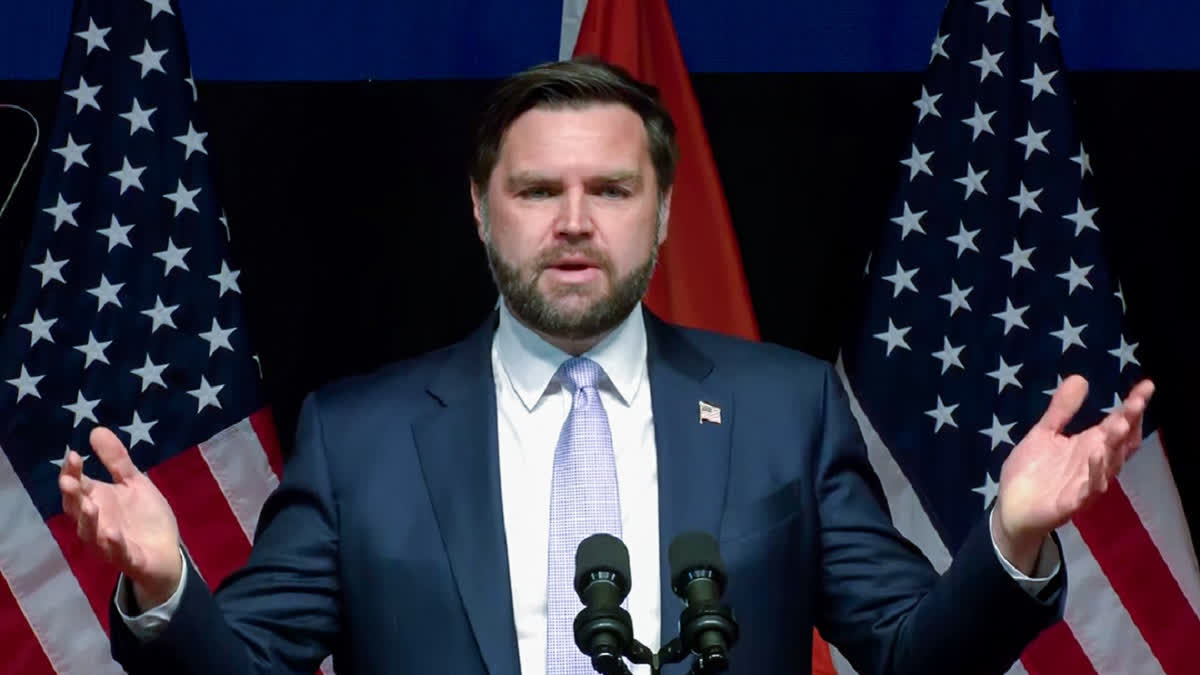US Stance on India-Pakistan Tensions: A Diplomatic Perspective
Amid escalating tensions in South Asia, particularly between India and Pakistan, the United States has publicly stated its intent to refrain from direct involvement in what it deems a conflict that is "fundamentally none of our business." This assertion was articulated by Vice President JD Vance during a recent television interview, highlighting the complexity of the situation while expressing concern for regional stability.
The Nature of the Conflict
The longstanding rivalry between India and Pakistan is rooted in territorial disputes, political strife, and historical grievances. Both nations are nuclear-armed, and the potential consequences of military conflict are dire. In light of this, Vance acknowledged that the U.S. cannot control either country’s actions but can advocate for de-escalation. He emphasized the inherent challenges in navigating such deeply entrenched issues, indicating the necessity for both nations to seek diplomatic resolutions.
U.S. Concerns Over Nuclear Escalation
Vance conveyed the U.S. administration’s serious apprehensions regarding the risks associated with nuclear powers potentially going to war. "Look, we’re concerned about any time nuclear powers collide and have a major conflict," he stated. This acknowledgment underlines the precarious nature of the situation, especially considering past skirmishes that have brought the two nations close to warfare.
Reflecting on statements from President Donald Trump and Secretary of State Marco Rubio, Vance reiterated a collective desire for rapid de-escalation. He highlighted that while the U.S. may not have direct control over India’s and Pakistan’s military decisions, it is deeply invested in promoting peace in the region.
The Role of Diplomacy
In his comments, Vance stressed the importance of diplomacy as the primary tool for crisis management. He noted, "We can’t control these countries though." This statement underscores a recognition of limits within U.S. influence and the complexities of international relations. Instead, the focus is on encouraging dialogue and using diplomatic channels to ease tensions, thus preventing a potential spiral into broader conflict.
In his own words, Vance emphasized the necessity of "cooler heads" prevailing in both countries to avert a nuclear crisis, underscoring the urgency of maintaining dialogue amidst rising tensions.
Recent Developments and Military Postures
Tensions have sharply escalated in recent weeks, particularly following a terrorist attack in Pahalgam, Kashmir, which left 26 people dead, predominantly tourists. In response to these events, India undertook military operations targeting alleged terrorist infrastructure in Pakistan and Pakistan-occupied Kashmir.
On the ground, military skirmishes have occurred, with India reportedly thwarting a Pakistani military attempt to strike various locations within its territory. The Indian Ministry of Defence responded by assuring that the country was "fully prepared to defend its sovereignty," a statement reflecting the serious military posture adopted in the face of increasing threats.
U.S. Engagement with Leaders
In light of the escalating situation, Secretary of State Marco Rubio engaged in separate discussions with both India’s External Affairs Minister S. Jaishankar and Pakistan’s Prime Minister Shehbaz Sharif. In these conversations, he stressed the urgency for immediate de-escalation and the need for improved dialogue between the two nations.
Rubio’s discussions not only included expressions of condolences over the tragic attack in Pahalgam but also highlighted the U.S.’s commitment to collaborating with India in the fight against terrorism. With Pakistan, he called for concrete actions to cease any support for terrorist groups, further illustrating the delicate balance of U.S. diplomacy in the region.
The Path Ahead
As the situation continues to evolve, the U.S. appears committed to monitoring the dynamics between India and Pakistan without direct interference. While the current administration’s stance may prioritize non-intervention, the underlying goal remains centered on fostering peace and stability in a region fraught with historical enmities and contemporary challenges.


